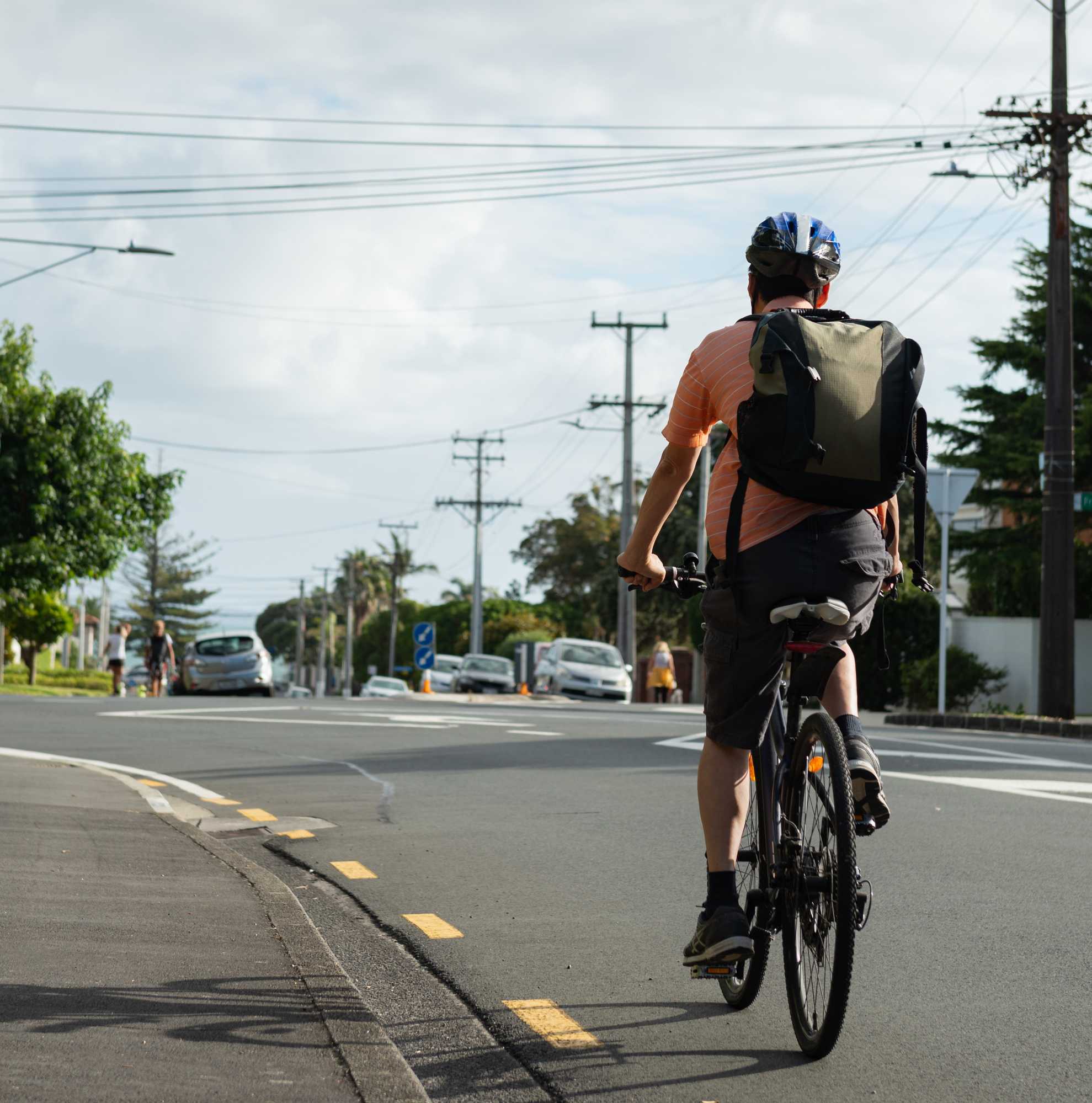4 ways to reduce your commuting emissions
The way you travel to and from work impacts your health and your wallet.
Is your commute stressful? Does it involve physical activity? How much is it actually costing you?
Your decisions on how to travel to and from work also contribute to your environmental impact. For example, driving everyday to work contributes more vehicle emissions and local air pollution than choosing other ways to travel. But it doesn’t have to be this way. Chances are, at least one of the four tips below could work for you.

Switch to walking, cycling, or micromobility
You don’t have to be a greenie to see that walking makes you fit, that cyclists don’t get stuck in traffic, and that e-scooters are fun! People worry about safety and it is a valid concern. By finding the back routes and off-road shortcuts you can avoid the busy and noisy main roads. If you worry about distance or hills, then a micromobility method may be right for you. E-bikes and e-scooters are becoming more affordable and accessible and there are companies that even offer leasing options, allowing you to try them out before you decide to purchase one. A 10km commute may only work for committed pedal cyclists but this can now be accomplished with ease for almost anyone on an e-bike or e-scooter.
The key with these things is to give it a try. So why not try and make one day per week an active travel day? That’ll save you from going to a stuffy gym!
Use public transport
Yes, public transport in New Zealand is nothing like in Europe, but it is rapidly improving and becoming a truly viable alternative to driving alone. When was the last time you checked your local bus, train, or ferry timetables? Are you sure there isn’t an option for you? Could you combine public transport with another mode (e.g. e-scooter)? Visit your local transport authority’s website, enter your commute into their journey planner, and give the best option a try next week! People who regularly use public transport often treasure the time this gives them to read, listen to podcasts, or binge on social media. Some employers also subsidise their employees’ public transport passes so it’s worth asking your employer about!
Carpool
For some of us, using a car really is the fastest, cheapest or only way to commute and that’s okay. We acknowledge that in Aotearoa some people have no alternative but to drive to work. Have you considered doing a check to make sure you are comparing all of your options? We all know we often overstate the inconvenience and cost of public transport, and we understate the cost of driving by only looking at the advantages of driving (e.g. comfort and flexibility). When making the comparison, consider how much driving really does cost you (fuel, vehicle insurance, parking, licensing, road user charges, regular vehicle maintenance/servicing and unforeseen repairs). If you want an idea of how much you spend, you can use tools like the University of Canterbury’s Transport cost calculator or for a more accurate view, you can go through your car related spending in the past year.
You can also talk to your colleagues (or your employer) about carpooling (sharing your car commute with a colleague). You can share the costs and the chats (if you feel like it). In some organizations, Carpoolers get a priority parking space or can reclaim the cost of fuel. Some organizations also have a “guaranteed ride home” scheme that means if your buddy lets you down, or if you need to get home urgently, your employer will pay for a taxi.
Another form of carpooling is to optimize trips in your household by travelling some of the way with your partner, kids, or housemates. Does a friend live along your route to work? Do you travel to the same area around the same time? Could you carpool with your friend and enjoy a morning chat?
Think about transport when choosing where to live and work
How much time do you spend commuting every week? Is that time enjoyed or wasted? Is your home far from your workplace? If you are looking at moving house, make sure you factor in your whole households cost and time spent traveling when making decisions on where to live. Having options to include active travel and shorter commuting can provide us with more free time to spend with our whānau and take part in activities we would rather be doing!
Whichever way you think about it, choosing a home or a job that makes everyday trips easier is a big part of the solution. Maybe you can’t move closer to your job, but you could move closer to public transport or a dedicated cycle path that can take you there.
Everyone’s commute is different. Talk to your employer about how they can help you with your commute. Many people aren’t aware of the support they could get from their employer and/or local council. Your employer may be able to help to purchase an e-bike or e-scooter. And if your employer hasn’t really looked into this yet, then keep asking them!
If you’re keen to learn more about this, our commuting experts at Abley can point any organisation in the right direction to support their employees in making healthy and sustainable travel choices.
.png?width=556&height=152&name=Abley_MasterLogo-Website%20(1).png)
